Can A Trail Camera Send Pictures To Phone ?
Yes, a trail camera can send pictures to a phone. Many modern trail cameras are equipped with wireless capabilities, such as Wi-Fi or cellular connectivity, allowing them to transmit captured images directly to a smartphone or other mobile device. This feature enables users to remotely view and receive real-time updates from the trail camera, eliminating the need to physically retrieve the camera's memory card for image retrieval.
1、 Wireless Connectivity: Enabling trail cameras to send images to phones.
Yes, a trail camera can send pictures to a phone through wireless connectivity. In recent years, advancements in technology have made it possible for trail cameras to have wireless capabilities, allowing users to remotely access and receive images directly on their smartphones.
Wireless trail cameras are equipped with built-in Wi-Fi or cellular connectivity, enabling them to transmit images to a designated phone or email address. This feature eliminates the need for physically retrieving the camera's SD card or visiting the camera location to check for new pictures. Instead, users can conveniently view images in real-time from the comfort of their own homes or anywhere with an internet connection.
Wireless connectivity in trail cameras has greatly enhanced the user experience and improved the efficiency of monitoring wildlife or security surveillance. It allows users to instantly receive images, enabling them to promptly assess the situation, identify potential threats, or monitor wildlife activity. This real-time access to images can be particularly useful for hunters, researchers, or anyone interested in wildlife observation.
Moreover, the latest trail camera models often come with accompanying mobile apps that provide additional features and functionalities. These apps allow users to customize camera settings, receive notifications when new images are captured, and even control the camera remotely. Some trail cameras also offer cloud storage options, ensuring that images are securely stored and easily accessible from multiple devices.
In conclusion, wireless connectivity has revolutionized trail camera technology, enabling them to send images directly to phones. This feature provides convenience, efficiency, and real-time access to images, enhancing the overall user experience and making trail camera monitoring more accessible and effective.
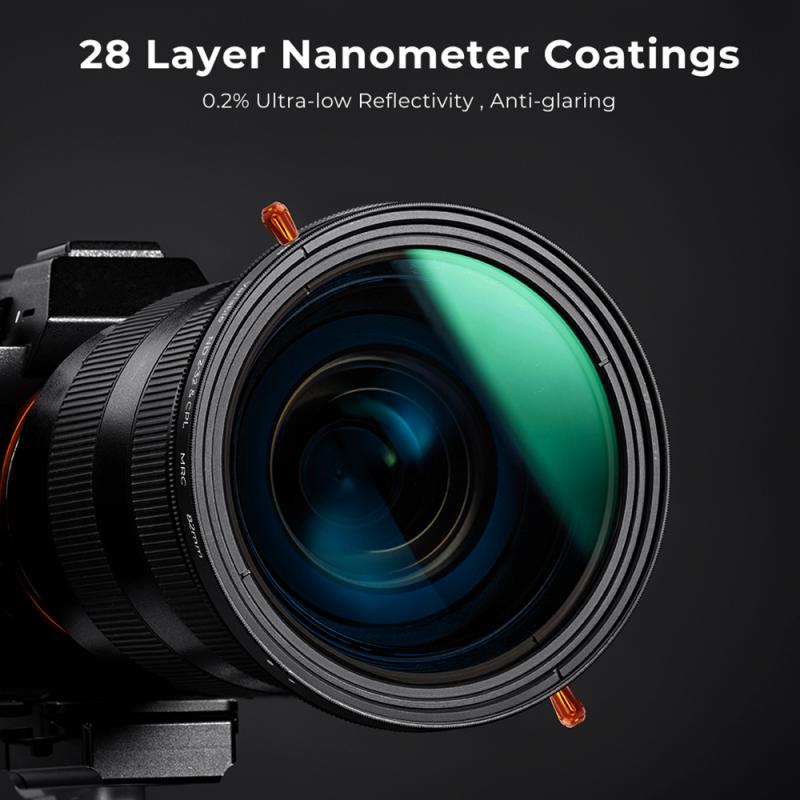
2、 Cellular Trail Cameras: Utilizing cellular networks for image transmission.
Yes, a trail camera can send pictures to a phone through the use of cellular networks. These types of cameras, known as cellular trail cameras or wireless trail cameras, have become increasingly popular among hunters, wildlife enthusiasts, and researchers.
Cellular trail cameras are equipped with built-in SIM cards and utilize cellular networks to transmit images directly to a user's phone or email. This allows users to remotely monitor their camera's activity and receive real-time updates on wildlife movements or potential intruders. The images captured by the camera are sent as MMS (Multimedia Messaging Service) or email attachments, depending on the camera's capabilities.
The use of cellular networks for image transmission offers several advantages. Firstly, it eliminates the need for physically retrieving the camera's SD card or visiting the camera site to check for new images. This saves time and reduces disturbance to the camera's location. Additionally, cellular trail cameras can be placed in remote or hard-to-reach areas, providing valuable insights into wildlife behavior without the need for constant human presence.
It is worth noting that the availability and reliability of cellular networks can vary depending on the camera's location. In areas with weak or no cellular coverage, the camera may struggle to send images consistently. However, advancements in technology have improved the connectivity of cellular trail cameras, and they can now operate in many remote locations.
In conclusion, cellular trail cameras offer a convenient and efficient way to receive images directly on a phone or email. They provide users with real-time updates and eliminate the need for physical retrieval of images. As technology continues to advance, we can expect further improvements in the connectivity and functionality of these cameras.
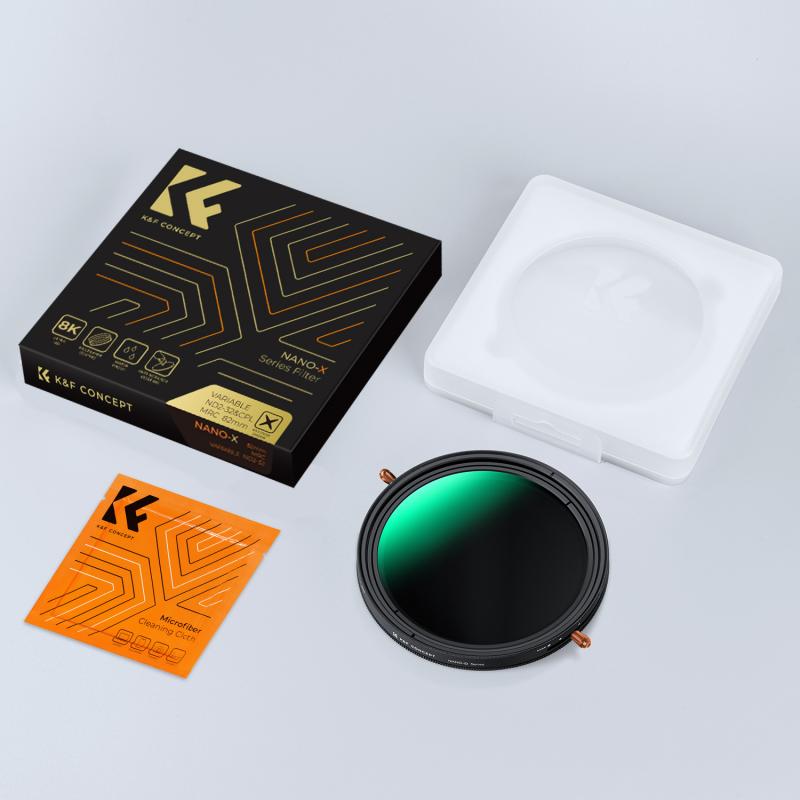
3、 Remote Image Transfer: Sending trail camera pictures to smartphones remotely.
Yes, a trail camera can send pictures to a phone through a process called remote image transfer. This feature allows users to receive trail camera pictures on their smartphones without physically accessing the camera.
Remote image transfer is made possible through the use of wireless technology such as Wi-Fi or cellular networks. Many modern trail cameras are equipped with built-in Wi-Fi or cellular capabilities, enabling them to connect to the internet and send images to a designated smartphone.
To set up remote image transfer, users typically need to download a corresponding mobile app provided by the trail camera manufacturer. The app allows users to connect their phone to the camera and receive real-time notifications or access the images stored on the camera's memory card.
This feature offers several advantages to trail camera users. It eliminates the need to physically visit the camera to retrieve images, saving time and effort. It also allows for immediate access to pictures, enabling users to monitor wildlife activity or track game more efficiently.
It is important to note that the availability of remote image transfer may vary depending on the specific trail camera model and brand. Some cameras may only offer Wi-Fi connectivity, while others may provide both Wi-Fi and cellular options. Additionally, users may need to consider the availability of Wi-Fi or cellular coverage in the area where the camera is deployed.
Overall, remote image transfer has become a popular and convenient feature in trail cameras, providing users with the ability to receive pictures on their smartphones remotely.
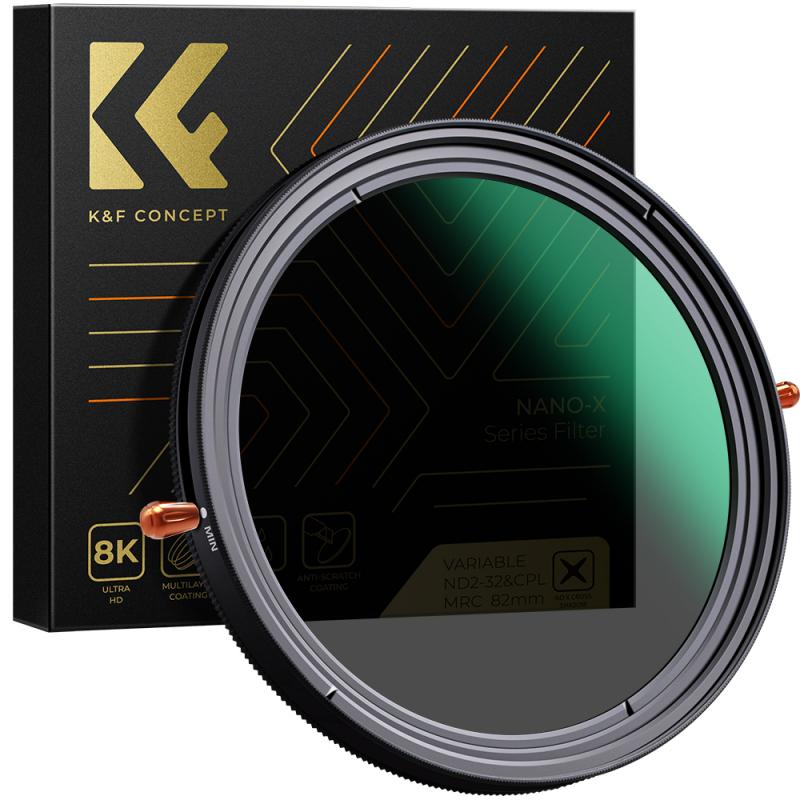
4、 Mobile App Integration: Linking trail cameras with dedicated smartphone applications.
Yes, a trail camera can send pictures to a phone through mobile app integration. Many trail cameras now come equipped with built-in Wi-Fi or cellular capabilities, allowing them to connect to a dedicated smartphone application. This integration enables users to remotely access and control their trail cameras, as well as receive real-time notifications and view captured images and videos directly on their phones.
Mobile app integration has become increasingly popular in the trail camera industry, as it offers convenience and ease of use for users. With the app, users can adjust camera settings, such as resolution, sensitivity, and trigger speed, without having to physically access the camera. They can also schedule when the camera should be active and receive alerts when motion is detected.
Furthermore, the app allows users to instantly view the images and videos captured by the trail camera. This feature is particularly useful for hunters and wildlife enthusiasts who want to monitor their hunting grounds or observe wildlife behavior. It eliminates the need to physically retrieve the SD card from the camera and provides immediate access to the captured content.
The latest advancements in mobile app integration have also introduced features like cloud storage, which allows users to store their images and videos securely online. This ensures that even if the camera is stolen or damaged, the captured content is still accessible through the app.
In conclusion, trail cameras can indeed send pictures to a phone through mobile app integration. This technology has revolutionized the way trail cameras are used, providing users with remote access, real-time notifications, and instant viewing of captured content.
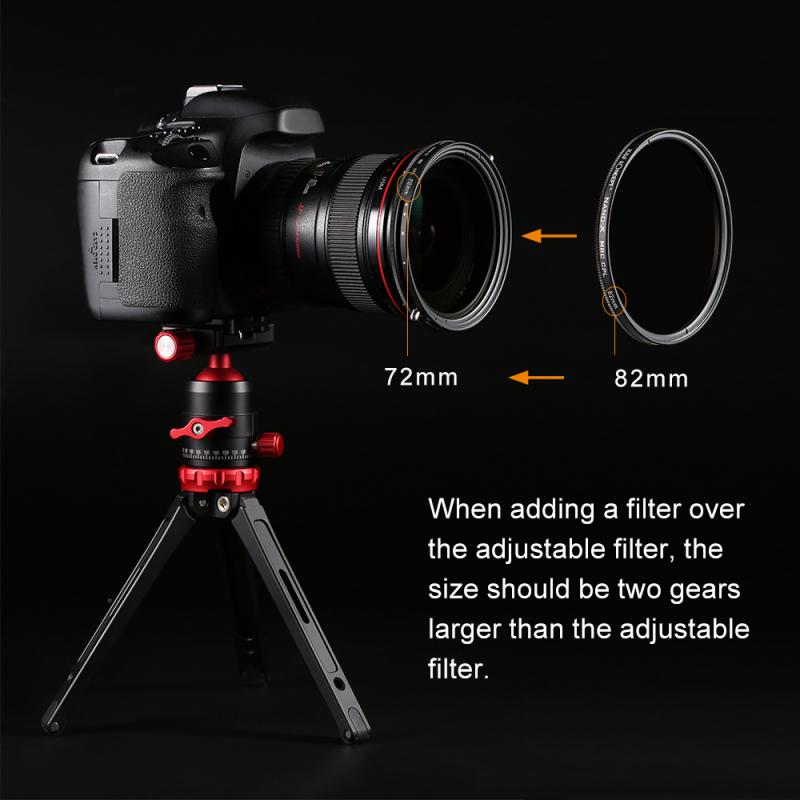


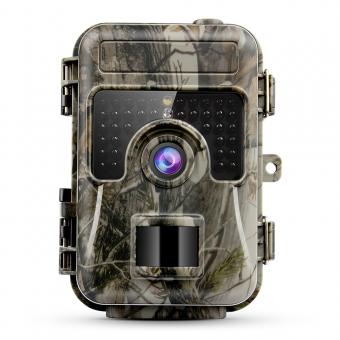


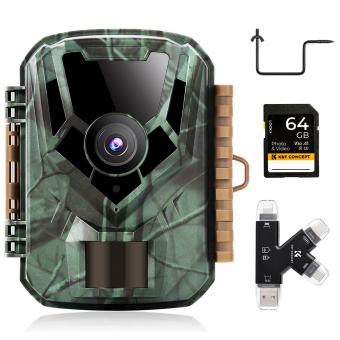




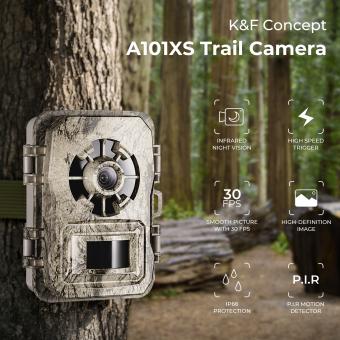
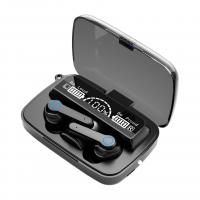



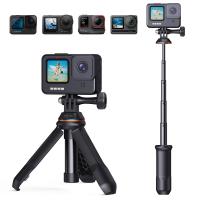


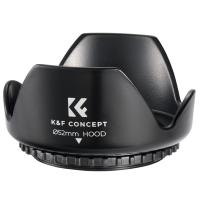

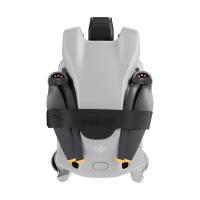





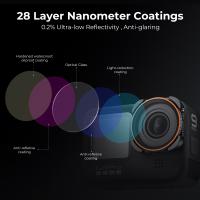
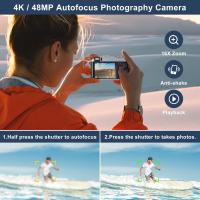
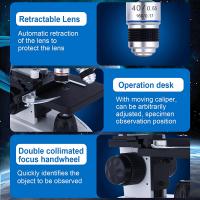
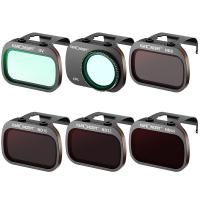

There are no comments for this blog.